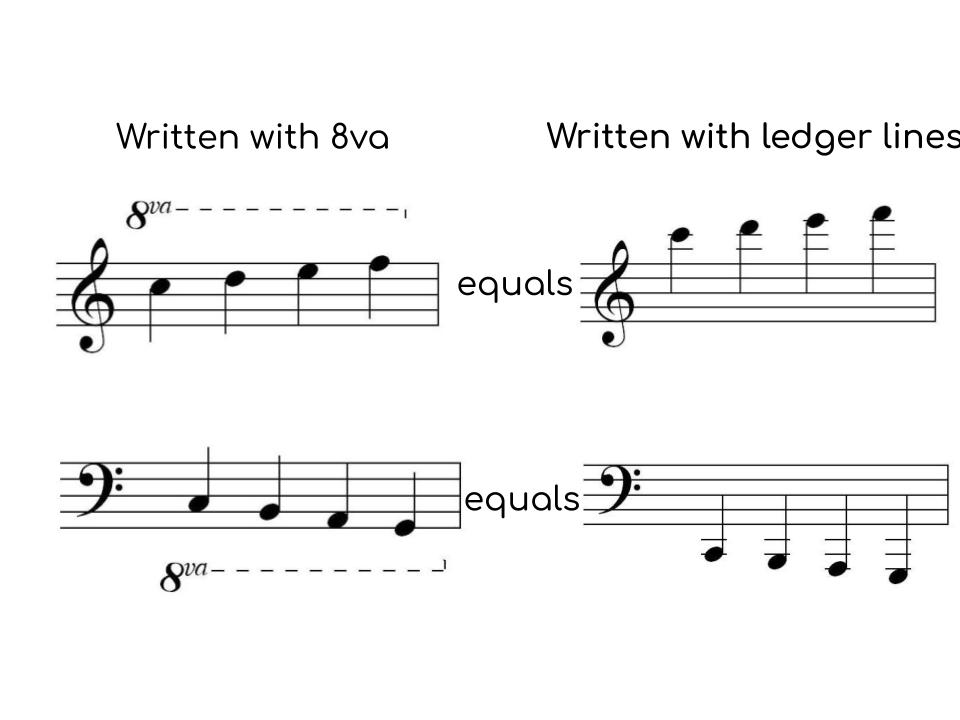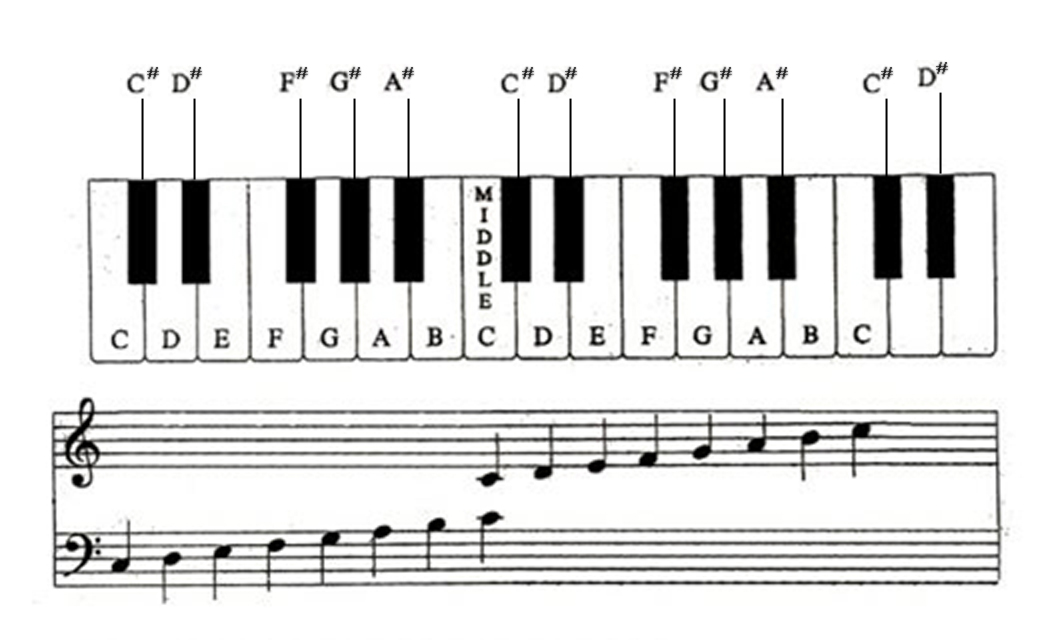

So far all the scales we have discussed fit this definition. However, unfortunately our beloved whole-tone, diminished, blues and chromatic scales are excluded because they have too many/few notes… Definition 4: Counts If It Is a Subset of the 12 Chromatic NotesĪ subset of the 12 chromatic notes is any collection of 12 or less notes with no duplicates. According to this definition there are 266 possible scales. If played in an ascending/descending order this would typically be called an arpeggio not a scale.ĭefinition 3 excludes the diminished chord as a scale, but includes the Harmonic Minor Scale.

So a scale can include minor 3rds right? Well, if we create a scale of only minor 3rd intervals we end up with a diminished chord. Why is this a reasonable definition? Notice that the harmonic minor scale has a leap of a minor 3rd between its 6th and seventh scale degrees. Cook’s article on the number of scales, and is a bit more nuanced.ĭefinition 3: A scale is a set of 8 unique notes in which the highest and lowest notes are one octave apart and adjacent note are no more than a minor 3rd apart. There are only 3 sets of notes used in diminished scales.ĭefinition 3: Counted If It Has 8 Notes per Octave

This includes folk music of many cultures, pop music and western classical music of the past 500 years. The majority of music today is centered around these scales.
.jpg)
The most rigid definition of a scale is: a scale is one of the standard major and minor scales. Definition 1: Counted If It is a Major or Minor Scale The long answer? It could be more than 200, more than 25,000 or infinity depending on the definition. They can improve sightreading, improvisation, and technique.īut how many scales are there? The short answer is that there are 48 total major and minor scales. Learning scales is a fundamental part of learning any instrument.


 0 kommentar(er)
0 kommentar(er)
